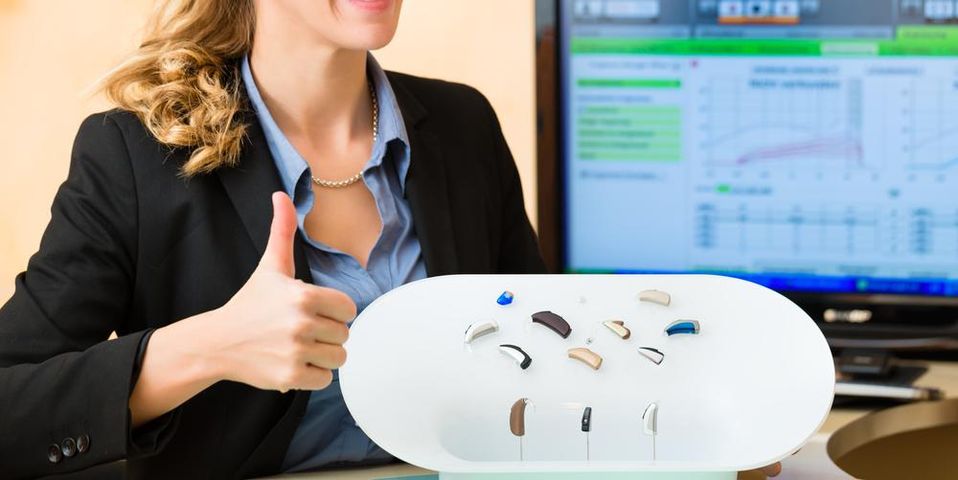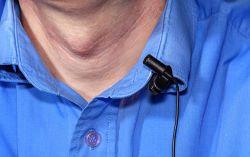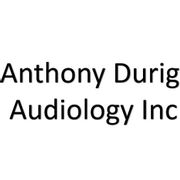5 Hearing Assistive Devices for Clearer Listening

Hearing loss may impact nearly 20% of Americans—and most of the time, the damage is permanent. However, Anthony Durig Audiology says many incredible tools can enable a clear and comfortable listening experience—whether you’re on the job, at home, or out on the town. To help those affected by hearing loss, this Stow, OH, audiologist highlights some of the most popular hearing assistive devices that improve lives every day.
5 Hearing Assistive Devices & How They Work
1. Personal Amplifier
While personal amplifiers are one of the simplest solutions for hearing assistance, they can be highly effective and versatile in certain situations. Each system is comprised of a small microphone box that transfers sound through a listening cord to a hearing aid. Since it amplifies direct sound while reducing background noise, a personal amplifier is ideal for outdoor environments or smaller spaces, such as in a car or living room.
2. Hearing Loop
A hearing loop, or audio loop, is created by placing a thin wire around a room that creates an electromagnetic field to amplify sound. Sounds picked up by the loop are wirelessly transmitted to a receiver within a hearing aid or cochlear implant. The result is a clear, balanced auditory experience that helps to eliminate distracting background noise.
3. FM System
 An FM system employs the same technology used to transmit radio station signals across geographic locations—except these are within a much smaller range. To use this tool, a person or sound source must have a microphone attached to them. Their speech is then picked up and transmitted to a receiver in a hearing aid or implant. This is a popular solution for one-on-one conversations, as well as classroom instruction.
An FM system employs the same technology used to transmit radio station signals across geographic locations—except these are within a much smaller range. To use this tool, a person or sound source must have a microphone attached to them. Their speech is then picked up and transmitted to a receiver in a hearing aid or implant. This is a popular solution for one-on-one conversations, as well as classroom instruction.
4. Infrared System
Infrared listening systems are similar to FM systems, except they utilize light waves instead of radio waves. Typically, people opt for this solution when they require privacy.
5. Bluetooth® Connection
Although Bluetooth hearing aids are still relatively new, they are used to add flexibility to standard hearing aid use. Specifically, individuals who have hearing aids with Bluetooth capabilities can receive audio from mobile devices—such as tablets or smartphone—and easily switch between them.
While hearing aid technology continues to advance, these solutions offer improved listening in a variety of situations. If you’re interested in the latest hearing assistive devices, Anthony Durig Audiology can help you find the best solution for your life. To schedule hearing testing or a hearing aid fitting in Stow, OH, call the office at (330) 688-4115. Like the center on Facebook for more information.
About the Business
Have a question? Ask the experts!
Send your question

